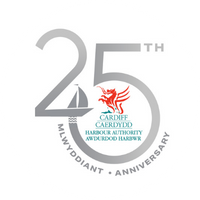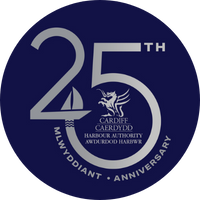The Regeneration Project
The Cardiff Bay Development Corporation was set up in April 1987 to regenerate the 1,100 hectares of old derelict docklands of Cardiff and Penarth. It was part of the British government’s Urban Development Programme to regenerate particularly deprived and run-down areas of British inner cities.
The mission statement for the Regeneration Project was:
“To put Cardiff on the international map as a superlative maritime city, which will stand comparison with any such city in the world, thereby enhancing the image and economic well-being of Cardiff and Wales as a whole.”
While the then Secretary of State for Wales, Nicholas Edwards, set no deadlines for the life of the Development Corporation, he stated that its main objectives should be substantially completed within 10 years.
The five main aims and objectives identified for the Regeneration Project were:
- To promote development and provide a superb environment in which people will want to live, work and play.
- To reunite the city centre of Cardiff with its waterfront.
- To bring forward a mix of development, which would create a wide range of job opportunities and reflect the hopes and aspirations of the communities of the area.
- To achieve the highest standard of design and quality in all types of development and investment.
- To establish the area as a recognised centre of excellence and innovation in the field of urban regeneration.
Achievements of the Regeneration Project
The regeneration of Cardiff Bay was undertaken to create a complementary mix of housing, open space, commerce, leisure and industrial development. The total estimated cost of the scheme was £2.4 billion, with a public/private leverage ratio of 1:2. That is, the government funding was expected to attract double the investment from the private sector.
Some of the significant achievements of the project included the construction of a Barrage across the mouth of the Bay to create a 200-hectare freshwater lake; new homes, such as those at Atlantic Wharf; and new offices, including Crickhowell House, now the offices of the Welsh Parliament.
The development also created commercial and leisure facilities, such as those at Mermaid Quay on the waterfront, and the Atlantic Wharf Leisure Village (now known as The Red Dragon Centre). Many jobs were also created by the Regeneration Project.
The Development Corporation was formally wound up on 31 March 2000. It was estimated that it had achieved the following:
New jobs
New Housing Units
Non-residential developments (m2)
Land reclamation (hectares)
The responsibilities of the Development Corporation were passed to four successor bodies on 1 April 2000, namely Cardiff Council (including Cardiff Harbour Authority), the Welsh Development Agency, Vale of Glamorgan Council and the Countryside Council for Wales.


